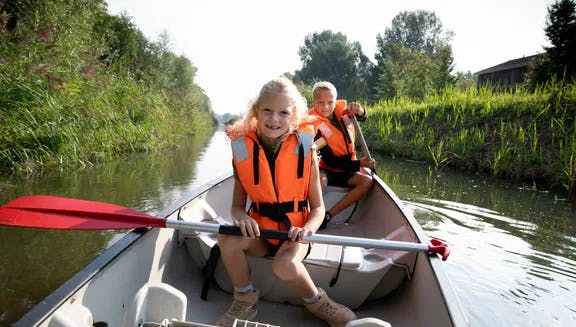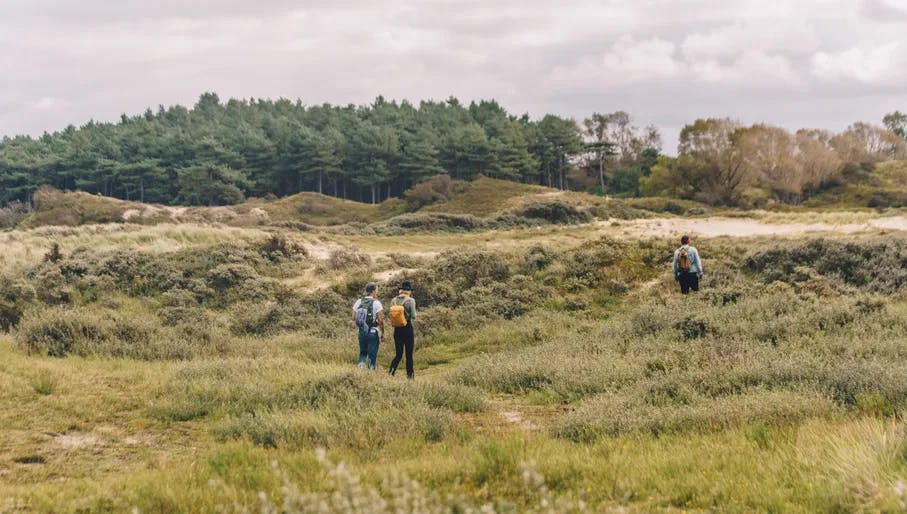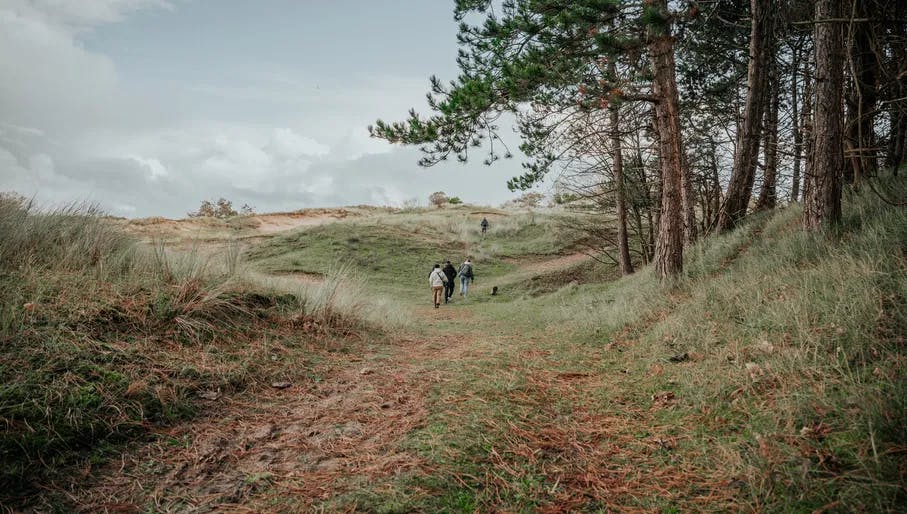
Where to see Dutch wildlife in the Amsterdam Area
The tiny islands and lakes of the Flower Strip
Aalsmeer in the Flower Strip is world-famous for its flower auction and horticultural history, though its name translates to “eels’ lake” – a clue about the local appreciation for water and aquaculture. After exploring the greenhouses at the Aalsmeer Historical Gardens, book an organised boat tour of the Westeinderplassen (Westeinder Lakes) by Westeinder Rondvaart from the neighbouring jetty. During this fascinating 1-hour cruise, a knowledgeable skipper will float you through a network of channels and tiny islands teeming with local plants and wildlife. Tours can be booked from May to October. On the edge of the lake also stands the iconic Aalsmeer water tower. Open on the second and fourth Sunday of every month, the 50-metre tower is an ideal bird-watching look out across the landscape where Peregrine falcons nest every year.
- Cycling tip: Experience more of Holland in bloom on our dedicated Flowers of Amsterdam Cycleseeing Route.
The sweeping dunes outside of Haarlem
Flanked by the North Sea and Haarlem, National Park Zuid-Kennemerland is a popular wildlife-spotting destination because of its protected dune landscape. The area is home to Highland cattle, Konik horses, fallow deer, and European bison, and it is said to be the only place in the country where bison can be seen roaming freely. Guided tours are available, or you can follow the cycle paths for those moving on two wheels. The Visitor Centre offers bike rentals, hiking maps, cycling routes and information on the landscape and history of the area.
- Cycling tip: Get to grips with Haarlem's historic sights and the surrounding nature reserves on this Haarlem Cycleseeing Route.
The marshy meadows of Old Holland
Just a short bike ride northwest of Amsterdam is Het Twiske, a polder region in Old Holland converted into a recreational area in the 20th century. The marshy land is coveted real estate among winged creatures, including water birds (bittern, shoveller, bearded reeling, wigeons) birds of prey (hawks, buzzards and kestrels), great spotted woodpeckers and nightingales. Among the reedy marshes and meadows, you might also spot some resident Highland cattle, foxes or short-tailed weasels – or better yet, the black-tailed Godwit, the national bird of the Netherlands. Nearby, the reed-lined channels and islands of the Ilperveld meadows are a protected area inhabited by rare birds and plants. You can observe these species from the water by renting boats or taking a guided nature cruise.
- Cycling tip: One of the best ways to explore the quaint villages and countryside of the region is on two wheels, using our dedicated Waterland Cycleseeing Route.
The lush riverside and heathlands of Castles & Gardens
For a real just-around-the-river bend experience, head south along the Amstel into the Castles & Gardens region. Whether you travel by bike or boat, you might see ducks, coots, geese and the occasional swan. As you reach the city’s southern border, pause at Amstel Park, where, depending on the season, you might cross paths with pheasants, hares, moles or rabbits. Further afield, Gooi & Vecht is a beautiful area for walking, with various marked routes through the forests and across the heathlands. En route to Hilversum, the Naardermeer nature reserve comprises swampy forests, marshy meadows and clear waters. This varied landscape protects rare species such as otters, purple herons, and other waterbirds.
- Cycling tip: Discover quaint medieval villages and lush green countryside on this Castles & Gardens Cycleseeing Route.
The coastal stretches of Amsterdam Beach
The Amsterdamse Waterleidingduinen is a dune area beloved by Amsterdammers for its sandy splendour and its service: the water catchment supplies two-thirds of the Dutch capital’s drinking water. Between the cities of Zandvoort and Noordwijk at Amsterdam Beach, this protected nature reserve has the largest population of fallow deer in the Netherlands. You might also spot bittern flapping amidst reed beds, little mammals such as foxes and pine martens or, in warmer weather, a kaleidoscope of dragonflies and butterflies. Or head to the pier at IJmuiden to spot birds rarely sighted at other places on the Dutch coastline. Look for sandpipers, seagulls, plovers, rock pipits, turnstones, cormorants, gannets, and red-tailed godwits. Check the Bird Protection Society’s guide for all the species to spot.
- Cycling tip: For forts, dunes and wildlife, don't miss this Amsterdam Beach Cycleseeing Route to explore the area on two wheels.
The man-made habitats of New Land
National Park New Land is one of the many magnificent results of the massive land reclamation programme that created the province of Flevoland (New Land). This area serves as the last stop or a layover for birds migrating along the East Atlantic Flyway. Getting around on foot or by car, you might see geese, ducks, buzzards, kestrels and, if you’re lucky, a sea eagle – the park’s mascot. Heck cattle, foxes, hares and Konik horses are also at home here. Further North, Marker Wadden is a unique nature reserve still in development. The small islands are constructed of sand, clay, and silt from the Markermeer. As new plants blossom under and above water, it has quickly become a natural paradise for fish and birds. Check out the Experience Tour - boarding from either Lelystad or Almere for a deep dive into the area.
Related articles
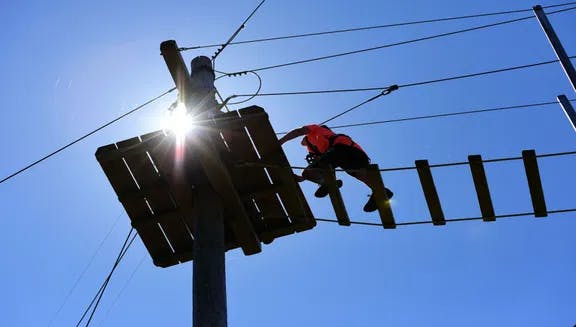
Best kids playgrounds in the Amsterdam Area
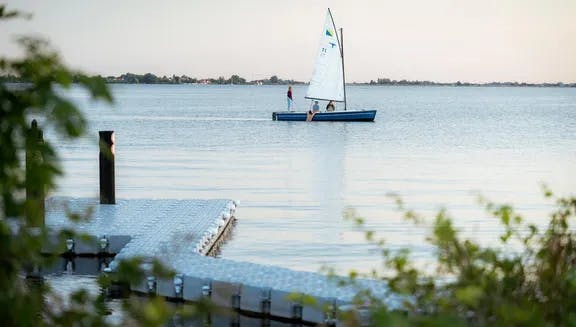
Best spots for boating and sailing around Amsterdam

Best botanical gardens to visit in the Amsterdam Area
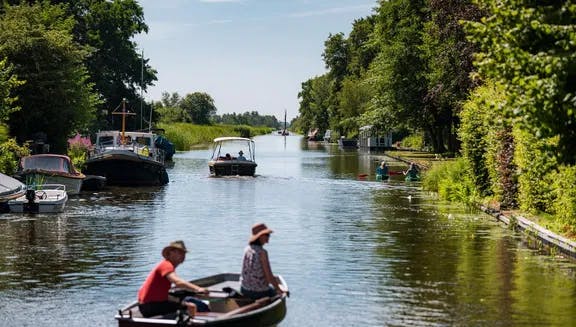
Unmissable day trips from Amsterdam

Best water views in the Amsterdam Area
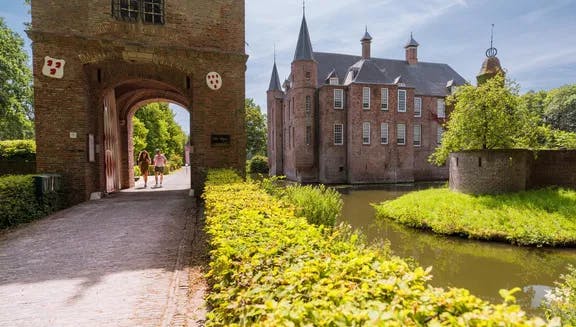
Romantic escapes in the Amsterdam Area
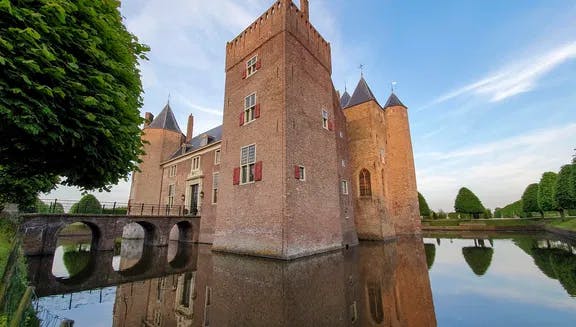
Quirky places to stay outside of Amsterdam

Fairytale villages to explore near Amsterdam

Clubbing, music and nightlife in the Amsterdam Area
